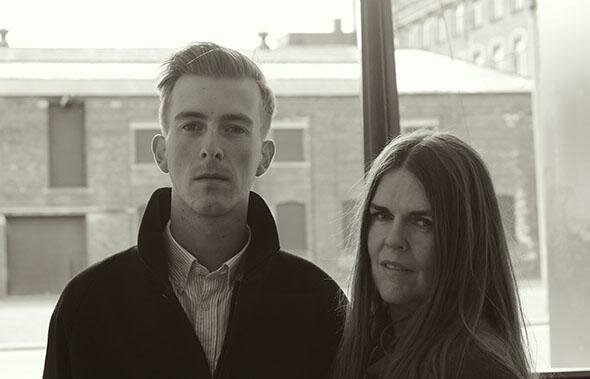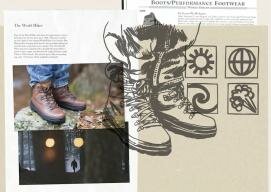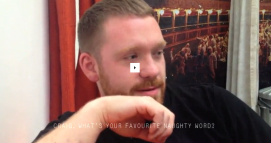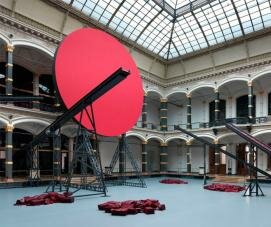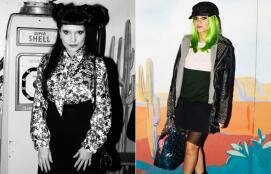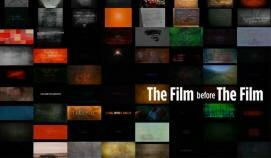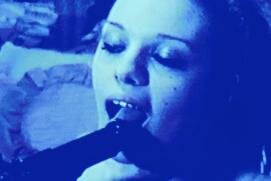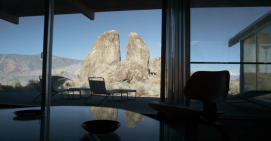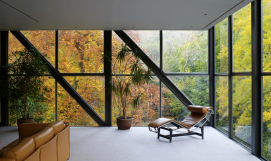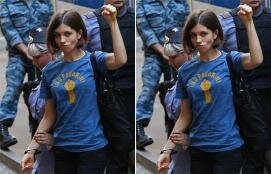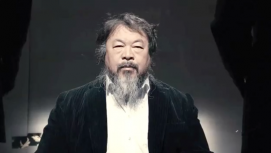- 1
- 2
- 3
- next ›
- last »
The Sterlings' Octobass for the 21st Century
21/05/2013A couple of days before the UK debut of artist Linder Sterling’s The Ultimate Form at The Hepworth Wakefield, I sat down for a chat with Linder and her Manchester-bred son Maxwell Sterling (b. 1990), who had just flown in from his new residence, Los Angeles. Maxwell, who’s now scoring for film in Hollywood, returned briefly to the UK to perform his mother’s Stringed Figure: Octobass for the 21st Century for the second time, after playing at last year’s Latitude Festival - where the Octobass picked up the Latitude Contemporary Art Award 2012. Maxwell gave us a demo of his performance, as captured in this exclusive short film by cinematographer Bedos Mavanubu.
Carol Huston: I guess I’ll start with how did the Octobass for the 21st Century come about and how did Maxwell get involved?
Linder Sterling: I thought you were going to ask how did we first meet!
Carol: That is the first question.
Maxwell Sterling: A few lifetimes ago I think was when we first met.
Linder: Max, you showed me a photograph of the original octobass and it had two people playing it, which is how the original octobass was played. That was probably about two years ago, three years ago…
Maxwell: I think so. Maybe even longer, because I think I’d shown you the image and we’d almost forgotten about it. It was obviously somewhere in our heads. Then a couple of years later we came back to it. Well, you came back to it.
Linder: Whenever I’m working with any sort of photograph, whether it’s photographs I’m collaging or photographs of other artists’ work, or photographs even of the octobass, there’s always a longing to hear - to hear what I’m looking at. So whether it’s a sort of frustrated synesthesia where you want to both hear the sound as well as see the image, that frustration’s always there. I think having seen the photograph with Max and then being asked to do something for Latitude we somehow circled back around, didn’t we? This idea of trying to create an octobass but very much for the century in which we live, which I think ties into the ballet [for The Ultimate Form]. The ballet is looking at Hepworth’s archetypes of the Mother, the Bride, the Young Girl, the Groom. You know, Hepworth made that work in the Seventies and now with the ballet and with the octobass, we’re trying to take pre-existing forms and cast them forward into this century and just see what form they land – to investigate as much as how they sound but also how they look.
Carol: Max, how did you get into playing the octobass? What’s your background in music?
Maxwell: From an early age, listening to my mother’s and father’s record collection, well you know I got into jazz. Entering my teens, I first played the electro-bass, then started playing the double bass. Of course, that gave me a great background for playing the octobass because I had a certain amount of technique that crosses over to the octobass. But still when I first approached the octobass, it kind of took me by surprise because what is usually a semitone, which would be maybe an inch or two, is now, you know, a foot long. I really had to sort of make up a new technique because there’s no formal textbooks for how to play the octobass or how to approach it. So we had to sort of make up my own playing method.
Linder: I think on one of the original ones they had quite an intricate system of levers. We had some mechanisms made for the octobass here, but in the end we decided just to use fingers, didn’t we?
Maxwell: Definitely. I like the fact that it’s essentially a fretless instrument. It gives you so much more scope. You can play between notes and get more obscure tones and harmonics, which I really like.
Photography/Cinematography - Bedos Mavanubu
Carol Huston








